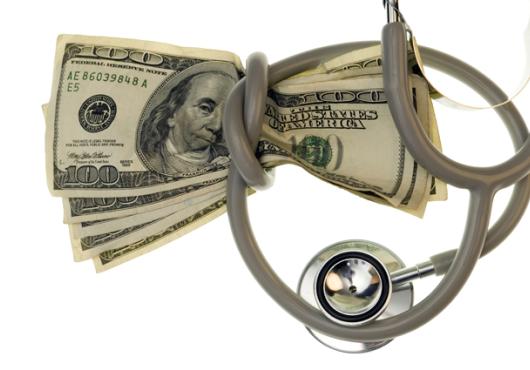
Coverage rates and access to care improved among previously uninsured adults who were eligible for subsidized health insurance premiums through state marketplaces, according to a new study by researchers at Harvard Medical School and the Harvard T.H. Chan School of Public Health.
Rates of medical service use and diagnosis of high blood pressure also increased. The improvements identified in the study, published in the journal Health Affairs, were concentrated among lower-income adults who qualified for cost-sharing assistance as well as premium subsidies.
“Our findings suggest that subsidized insurance through the Affordable Care Act’s marketplace had a range of positive impacts for lower- and middle-income adults who lacked insurance prior to the ACA,” said the study’s lead author, Anna Lise Goldman, an HMS clinical fellow in medicine and a primary care physician at Cambridge Health Alliance.
“This was the group that policymakers intended to target with the ACA’s marketplace subsidies. Our study shows that the ACA succeeded in improving outcomes for this vulnerable population,” she said.
Among previously uninsured adults, the uninsured rate dropped by 11 percentage points compared to a group of adults who had stable employer-sponsored insurance prior to the ACA.
The proportion of adults reporting that they were unable to access necessary care dropped by 2 percentage points. On average, the ACA led to one additional outpatient visit and two additional prescriptions filled per year in this group.
The probability of a hospital stay increased by 2.5 percentage points, while use of the emergency department did not change significantly. One in 14 adults received a new diagnosis of high blood pressure.
The changes were even larger among lower-income adults in the sample who qualify for the ACA’s cost-sharing subsidies. This group experienced an average increase of two outpatient visits and four prescriptions filled.
In addition to high blood pressure, more adults in this income range were also diagnosed with high cholesterol.
The study used national, longitudinal data on 9,653 nonelderly adults. The researchers compared adults who had been uninsured for at least six months in 2013, the year before the ACA went into effect, to adults who had been continuously insured with employer-sponsored insurance in 2013.
Outcomes were measured in 2014, the first year after the ACA was implemented.
“Lower-income adults who qualified for cost-sharing subsidies experienced the greatest improvements in health outcomes, which highlights the key role played by these subsidies in improving access to care,” said Goldman. “The Trump administration’s decision to terminate funding for these subsidies will gravely jeopardize the gains made by the ACA for lower-income adults.”
“Lots of research has shown how valuable the Medicaid expansion is for people’s access to care, but there were legitimate questions about whether the same would be true for marketplace plans,” said study senior author Benjamin Sommers, HMS associate professor medicine at Brigham and Women’s Hospital and a health economist at the Harvard Chan School.
“This study shows that marketplace coverage has in fact improved access to care. With the future of the marketplaces quite uncertain, this evidence is really timely and suggests the need for policy action to maintain these gains in coverage and access,” Sommers said.
Goldman’s salary is supported by an Institutional National Research Service Award (T32HP12706) from the NIH. Danny McCormick received salary support for his contributions from internal funds of the Department of Medicine at Cambridge Health Alliance. Benjamin Sommers reports grants from the Agency for Healthcare Research and Quality, the Commonwealth Fund, the Robert Wood Johnson Foundation and REACH Healthcare Foundation in the past 12 months. Jennifer Haas’ salary is supported by an Institutional National Research Service Award (T32HP12706) and NIH (1UL1TR001102-03).
Adapted from a CHA news release.





